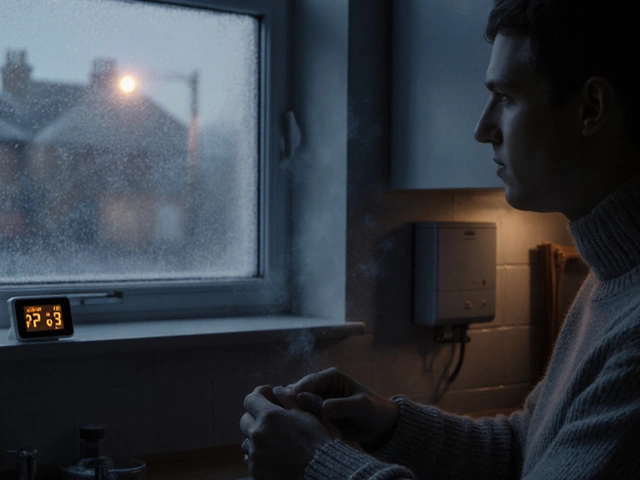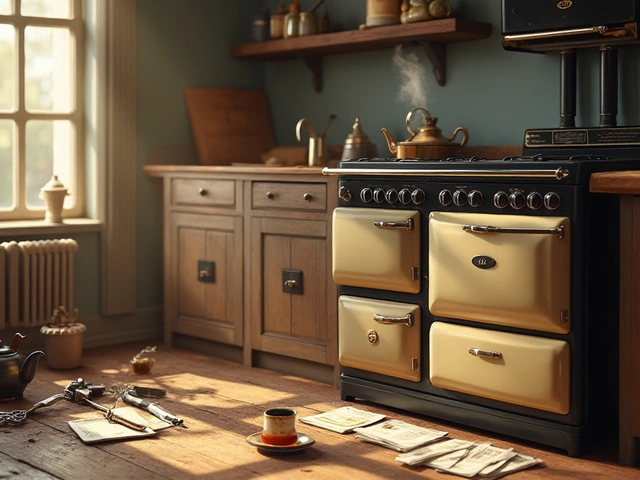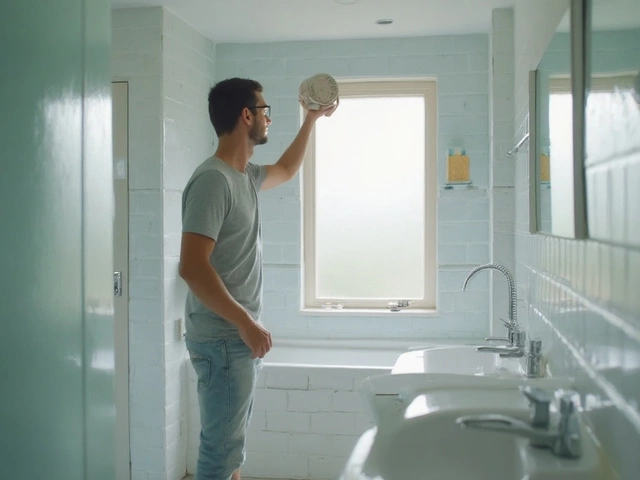If your stove has been in the kitchen for years, it probably shows its age. Grease buildup, cracked knobs, and uneven heating are common signs that an old cooker needs attention. Ignoring these clues can lead to higher energy bills, weird smells, or even a safety hazard. The good news? Most of the upkeep you need can be done with a few tools, a little time, and a bit of common sense.
Before you start tinkering, take a quick walk‑around of your stove. Look for these red flags:
Write down any issues you notice. Having a list makes the next steps easier and helps a repair tech understand the problem quickly.
Most of the time, a thorough clean does more good than a costly part replacement. Here’s how to do it safely:
After cleaning, reassemble everything, plug the stove back in, and run a quick test on each burner. If any still misbehave, move on to the next step.
Older stoves often have parts that wear out – heating elements, igniters, or control knobs. Here’s a quick guide to spotting a bad part:
Replacing these components is usually straightforward. You’ll need a screwdriver, the correct replacement part (check the model number), and a basic safety mindset. Many manufacturers provide step‑by‑step PDFs that match the exact model of your stove.
Some problems are best left to the experts, especially when they involve gas lines or complex electronic controls. If you notice any of the following, pause your DIY attempts and book a professional:
A qualified technician will have the tools to test gas pressure, replace sealed components, and ensure everything complies with safety regulations. It’s a small price to pay for peace of mind.
Keeping an old stove in shape doesn’t have to be a chore. Regular cleaning, early detection of wear, and quick part swaps can extend its life by years. When in doubt, trust a professional – your kitchen (and wallet) will thank you.

Navigating the decision between repairing or replacing a 10-year-old stove can be challenging. This article explores various factors including repair costs, the longevity of appliances, and energy efficiency to help homeowners make an informed decision. Additionally, it provides tips and insights on evaluating stove performance and when professional help is warranted. Readers will gain a comprehensive understanding of the practical steps they can take if they find themselves in a similar situation.

Find out how much boiler repair costs in 2025, what factors affect the price, typical price ranges, and tips to get fair quotes and save money.

Ever opened your freezer to find squishy ice cream or thawed food when it should be rock solid? This article digs into the real reasons your freezer refuses to stay frozen, from simple mistakes to sneaky mechanical fails. Learn how to spot common culprits, fix minor issues yourself, and know when things are actually serious. Packed with practical tips and straightforward advice, you'll get the cold facts and solutions you need. No jargon, just help you can actually use.

Curious about how much a new boiler might set you back? This article breaks down the costs involved, from purchasing the unit to installation fees. Understand the factors that influence pricing and learn practical tips to get the most value from your investment. Discover essential maintenance advice and the importance of proper sizing and efficiency ratings. Equip yourself with knowledge before making a decision about your home's heating system.

Navigating the world of cooker repair can seem daunting, but armed with the right knowledge, it becomes manageable. This article explores common issues faced by cookers, signs that suggest whether repair is possible, and steps on how to approach fixing these vital kitchen appliances. By identifying whether a do-it-yourself fix is feasible or when to call in a professional, you can make informed decisions about your cooker. Learn about maintenance tips to prolong the life of your cooker and keep it working efficiently.

Nobody wants to deal with a stuffy bathroom or smoky kitchen, but if your extractor fan isn’t working, that’s exactly what you’ll get. This article shows you how to check if your extractor fan is doing its job or just taking up space. From simple power checks to quick airflow tests, you’ll learn hands-on methods anyone can use—no tech wizardry needed. Expect practical tips, a couple of helpful tricks, and signs that tell you when it’s time to call an expert. Don’t let stale air hang around: let’s figure out what your fan is up to.